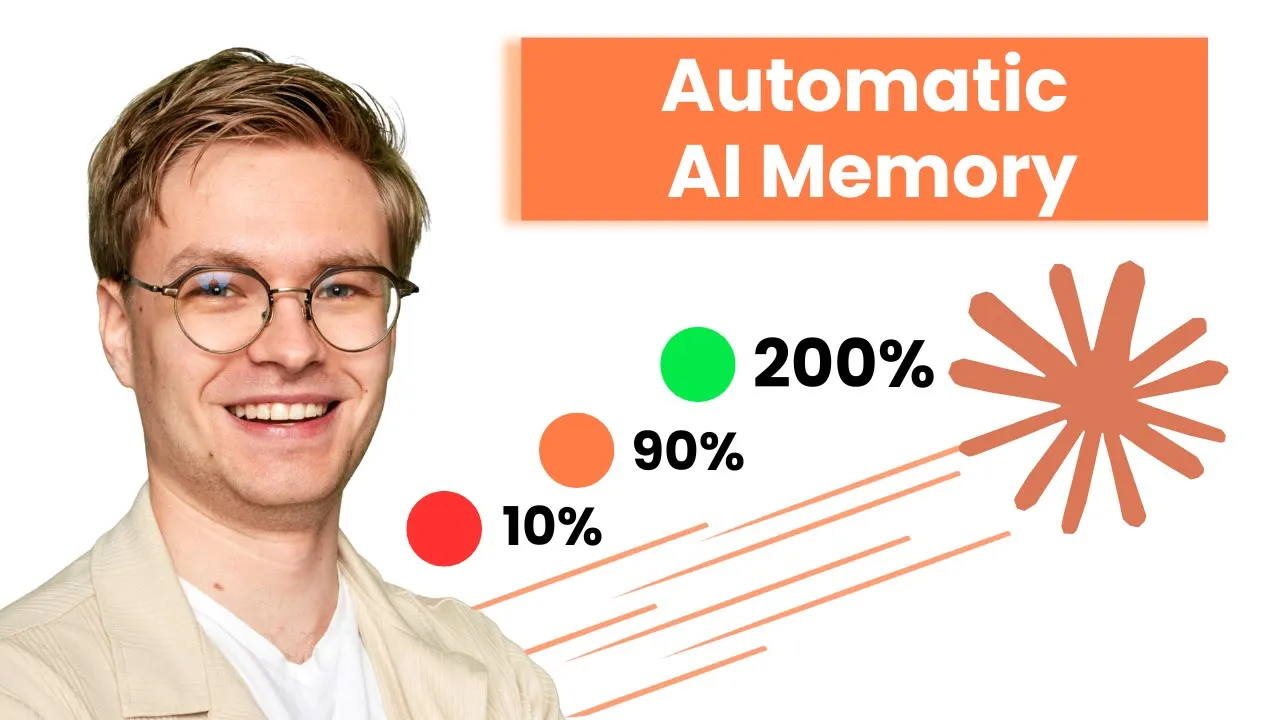Enterprise Ready AI Development Workflows
The gap between experimenting with AI coding assistants and deploying them effectively across enterprise development teams is significant. While individual developers can achieve impressive productivity gains with AI tools, scaling these benefits to entire organizations requires sophisticated workflow management and systematic approaches to maintaining AI effectiveness over time.
Enterprise-ready AI development workflows address the fundamental challenges that emerge when teams move beyond simple proof-of-concept implementations to production-scale deployment of AI-assisted development processes.
Beyond Individual Productivity Gains
Most organizations begin their AI development journey with individual developers experimenting with coding assistants. These early adopters demonstrate impressive productivity improvements, leading to broader organizational interest in scaling AI tools across development teams.
However, individual success doesn’t automatically translate to team-wide effectiveness. Enterprise environments introduce complexities that individual use cases don’t encounter: multiple codebases, varying project structures, diverse development patterns, and the need for consistent guidance across team members.
The challenge intensifies as organizations realize that AI assistants require ongoing maintenance to remain effective. What works well for a single developer managing their own context becomes unwieldy when applied across dozens of repositories and hundreds of developers.
Successful enterprise implementations recognize that AI development workflows require the same level of systematic design and maintenance as other critical development infrastructure. This means treating AI context management as an engineering discipline rather than an ad-hoc collection of individual practices.
Moving from Manual to Automated Context Management
Enterprise teams quickly discover that manual AI context management doesn’t scale effectively. While individual developers might successfully maintain their own AI documentation files, coordinating manual updates across multiple teams and repositories becomes a significant operational burden.
The transition to automated context management represents a fundamental shift in how organizations think about AI tool maintenance. Rather than relying on individual developers to remember updating documentation files, automated systems take responsibility for detecting changes and maintaining accuracy.
This transition requires careful planning around organizational change management. Development teams need to understand how automated systems work, when to expect updates, and how to integrate automated context changes into their existing workflows.
The automation also needs to align with existing enterprise security and governance requirements. Automated workflows must operate within established permission frameworks, maintain audit trails, and integrate with existing change management processes.
Team Collaboration Patterns with AI Assistants
Enterprise AI development workflows must account for the collaborative nature of software development. Unlike individual use cases where a single developer maintains complete control over their AI context, enterprise implementations involve multiple team members contributing to and depending on shared AI understanding.
Effective collaboration patterns emerge when teams establish clear ownership models for AI context maintenance. Some organizations designate specific team members as AI context maintainers, while others distribute responsibility across the entire team. The key is establishing clear expectations and accountability.
Review processes become particularly important in collaborative environments. Automated context updates should flow through established code review practices, ensuring that changes receive appropriate scrutiny before affecting team-wide AI behavior.
Teams also need to develop communication patterns around AI context changes. When automated systems update AI understanding, team members should understand what changed and why. This transparency helps developers adjust their expectations and understand any changes in AI assistant behavior.
Iterative Improvement Strategies
Enterprise AI development workflows benefit significantly from iterative improvement approaches rather than attempting to solve all problems in initial implementations. Starting with simple automation and gradually adding sophistication allows teams to learn and adapt while maintaining productivity.
Early implementations might focus on basic structural changes like directory reorganization or configuration updates. As teams gain confidence and understanding, they can expand automation to cover more complex scenarios like dependency changes, architectural evolution, or convention updates.
Feedback loops become crucial for iterative improvement. Teams need mechanisms for identifying when AI assistants provide outdated or incorrect guidance, understanding why those problems occurred, and adjusting automation to prevent similar issues in the future.
Measurement and monitoring help guide improvement efforts. Tracking metrics like AI suggestion accuracy, developer productivity, and context update frequency provides data for optimizing workflows and identifying areas for enhancement.
Integration with Enterprise Development Tools
Successful enterprise AI development workflows integrate seamlessly with existing development infrastructure rather than creating parallel systems. This integration reduces complexity, leverages established security frameworks, and minimizes training requirements for development teams.
CI/CD pipeline integration allows AI context updates to follow the same patterns as other automated processes. Teams familiar with continuous integration concepts can easily understand and work with AI context automation when it follows established patterns.
Security and compliance integration ensures that AI workflows operate within organizational governance requirements. This includes proper authentication, authorization, audit logging, and data handling practices that align with enterprise security policies.
Change management integration helps organizations track and control AI context evolution alongside other infrastructure changes. This visibility becomes particularly important in regulated industries where change documentation and approval processes are mandatory.
Scaling Across Multiple Repositories
Enterprise organizations typically manage dozens or hundreds of repositories, each potentially requiring AI context management. Scaling automated workflows across this many repositories requires centralized orchestration and standardized approaches.
Template-based workflow design allows organizations to create reusable automation patterns that can be adapted for different repository types. This approach ensures consistency while allowing customization for specific project needs.
Cross-repository coordination becomes important when projects have interdependencies. AI assistants working on one repository might need to understand patterns and conventions from related projects, requiring coordination between automated context management systems.
Resource management and cost control become significant considerations at scale. Organizations need to balance the frequency of context updates against computational costs and avoid overwhelming AI services with simultaneous requests from multiple repositories.
The investment in enterprise-ready AI development workflows pays substantial dividends as organizations mature their AI adoption. Teams that establish robust automation early avoid the exponential complexity growth that comes with scaling manual processes across large development organizations.
More importantly, systematic approaches to AI development workflows create sustainable competitive advantages. Organizations with reliable, automatically maintained AI assistance can move faster and more confidently than those struggling with outdated or inconsistent AI tool effectiveness.
For teams interested in exploring these concepts further, understanding the foundational principles of AI coding assistants provides important context. Additionally, learning about AI agent implementation patterns helps teams understand broader applications of automated AI workflows.
To see exactly how to implement these concepts in practice, watch the full video tutorial on YouTube. I walk through each step in detail and show you the technical aspects not covered in this post. If you’re interested in learning more about AI engineering, join the AI Engineering community where we share insights, resources, and support for your learning journey.

